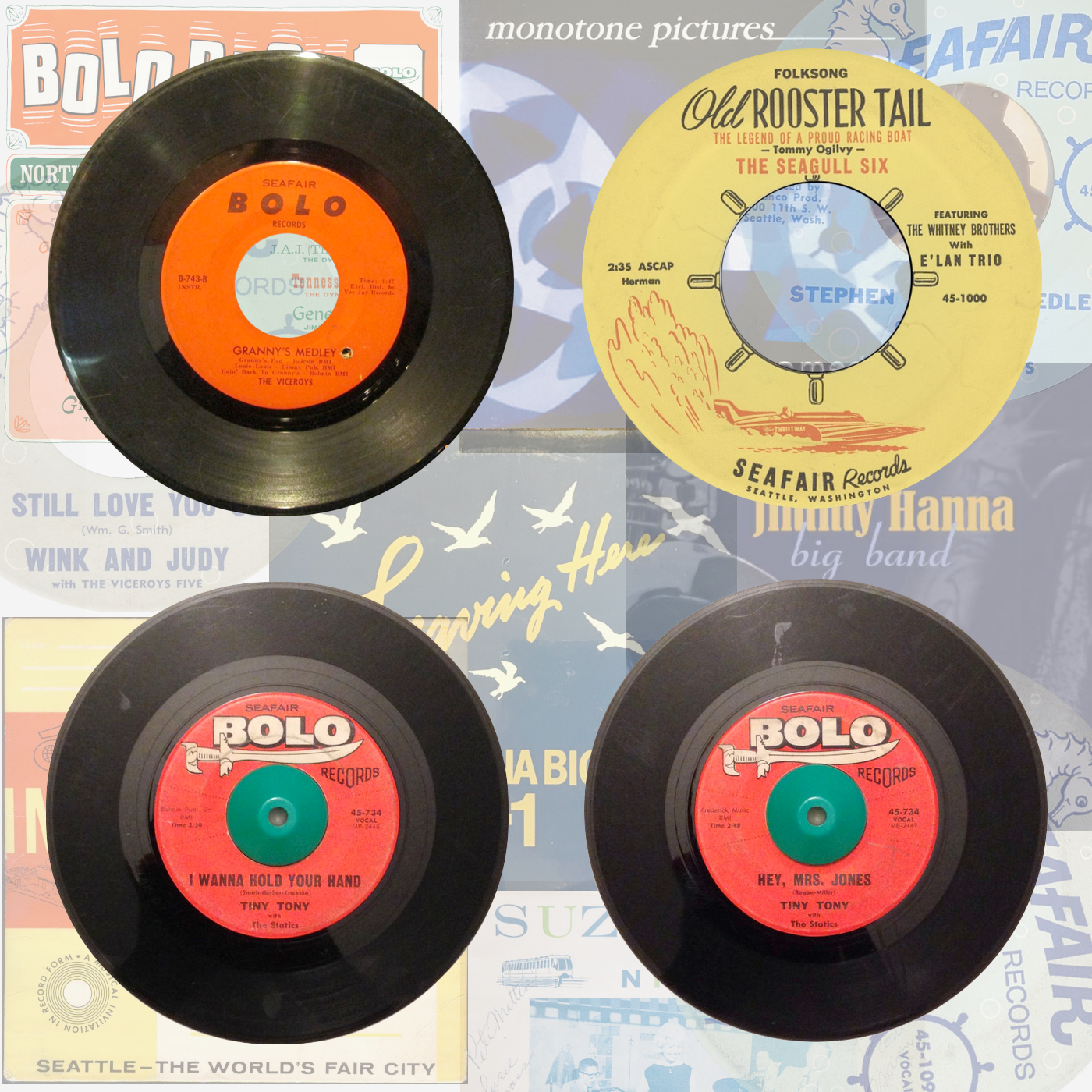Douglas B. Holmes |
Lecture
Physical media: the recordDouglas Holmes, Doctorate of Music in composition with a specialty in computer music and minor in multimedia |
 |

|
|
|
The First Sale Doctrine, 17 U.S.C. 109 - Limitations on exclusive rights: transfer and copy of media Giles, David & Pietrzykowski, Stephen & Clark, Kathryn. (2007). The psychological meaning of personal record collections and the impact of changing technological forms. Journal of Economic Psychology. 28. 429-443. 10.1016/j.joep.2006.08.002. (link) Eichler, Amelia, "The Death of Physical Media: The Dangers of Streaming and the End of the Home Library" (2019). University Honors Theses. Paper 803. (link) Guo, Yiqian, "The Comeback of the Medium: The History and Contemporary Revival of the Vinyl Record Industry". SHS Web Conf. 155 02015 (2023), DOI: 10.1051/shsconf/202315502015 (link) Di Leo, J. R. (2020). Vinyl Theory. Lever Press. (link) Wohlfeil, Markus. “Vinyl Records: The Future of Consuming Music?” (2019). 23rd Academy of Marketing Science (AMS) World Marketing Congress - Conference 2020 |
Increased noise levels every copy: analog media (python code demonstration)
|
Record1-turtle (python - turtle code demonstration) |
How does a record reproduce the sound?
|
When recording mixing and mastering for a record master:
|
|
Deep Groove Mono and the Great Groove Width Mystery. April 6, 2018 / Richard Capeless at Deep Groove Mono. This article describes the change in record grooves and stylus-use in mono record production and the effect on playing mono records. RIAA Curve: The 1954 Turntable Equalization Standard That Still Matters. from LedgerNote Tone Control (RIAA filter circuit) from John Broskie's Guide to Tube Circuit Analysis & design
|
|
Manufacturing sequence (each side of the record)
|
How Vinyl Records are Made - The Sound and the Story (1956) RCA Victor |
|
Neumann VMS 82 (DMM) and other disc-cutting videos |
|
Thomas Alva Edison (Feb 11, 1847 to Oct 18, 1931)
|
Advances in cylindrical media technology Edison and competitors
|
Emile Berliner (May 20, 1851 to August 3, 1929)
|
Advancements platter disc made by competitors
|
*in his own words: this recording was made in 1927 and is sometimes mistakenly cited as his original first 1877 Telegraph Repeater. The quality of this example is much higher than his original invention could produce. But I believe the voice inflection of excitement in achieving his goal is true. Brahms Speaks and Plays in 1889 Recording from Catapulting into classical @ wordpress.com Inventing Entertainment: The Early Motion Pictures and Sound Recordings of the Edison Companies from The Library of Congress Emile Berliner and the Birth of the Recording Industry from The Library of Congress Note: The cost of mechanical technology during this era made recorded sound media and players a luxury item not everyone could afford. Even though record sales in the mid-1920s boasted over 100 million units per year, people would overwhelmingly seek live performances and buy sheet music to play themselves at home. Radio was developing and the cost of a radio receiver was more affordable and had better sound quality. Broadcast of live studio-performed music was in fashion. The record industry was headed for a decline. |
|
Radio Broadcast
|
JukeBoxs
|
pre and post-WWII advances
|
The New 45 (RCA VICTOR 1949)
|
Documentary details President Hoover and radio history from Iowa Broacast News Association American Jukebox history (pictures and information on American jukebox manufacturing) FIRST 45rpm ON THE PLANET! RCA VICTOR "WHIRL AWAY" DEMONSTRATION RECORD, video on YouTube |
|
Early pseudo stereo recordings
|
Alan Blumlein (1903 -1942)
|
Emory Cook (1913 - 2002)
|
Record standardization
|
#Blumlein a website dedicated to "the first name in stereo" after the 2017 Recording Academy Technical Grammy was awarded posthumously Alan Blumlein and the invention of Stereo from EMI Archive Trust. Has video of his stereo model and video of early texts recordings of his stereo microphone Cook Labs records, from the Smithsonian Institution History of 3D Sound Braxton Boren American University Early 78rpm Stereo with Stokowski & Elgar - Barry Fox explains (Youtube video) |
|
Magnetic tape
|
Radio and Television broadcast
|
Museeum of Magnetic Sound Recording (website) The only record pressing plant in Texas has been rescued. Article from the Vinyl Factory
|